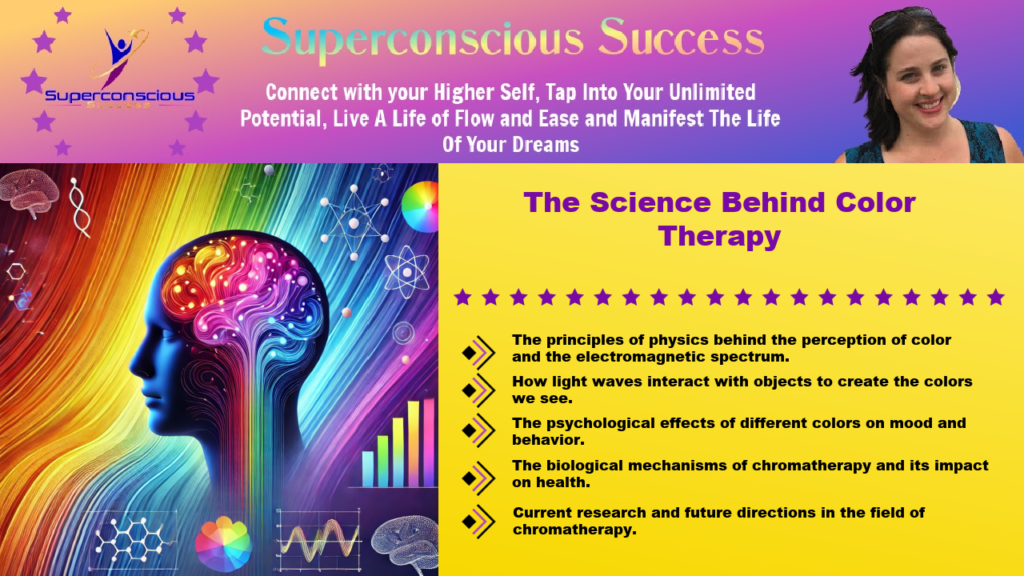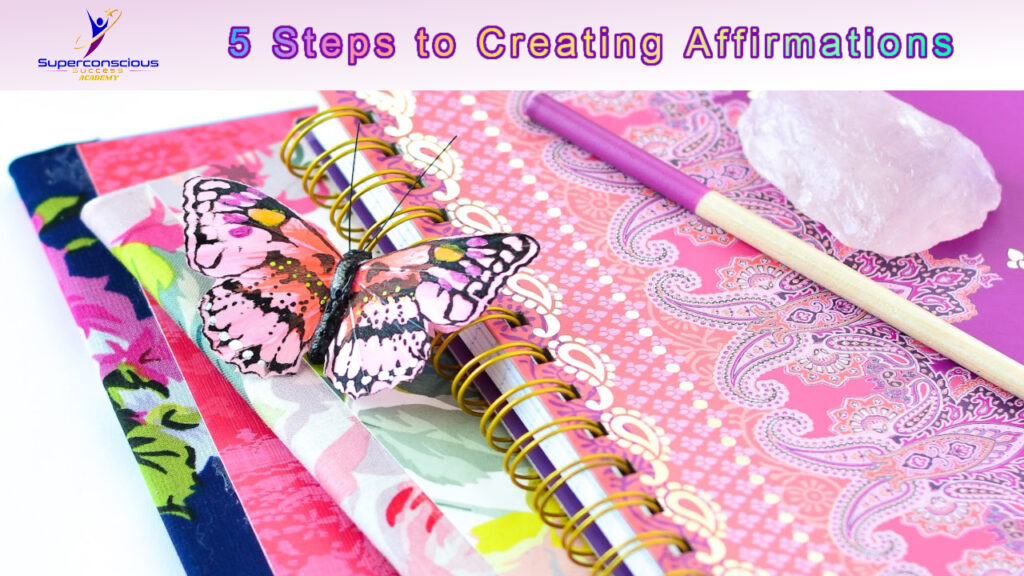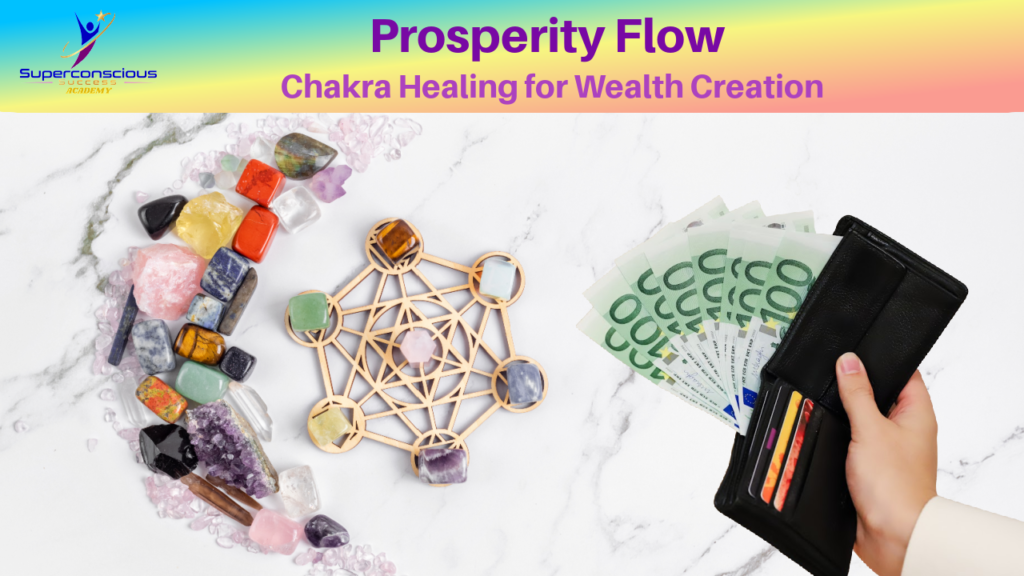
Hey there! In this blog post, you’ll dive into the fascinating world of color and discover how it works through the principles of physics and the electromagnetic spectrum. We’ll explore the science behind light waves and how they interact with objects to produce the colors we see. You’ll also learn about the psychological effects of colors, how chromatherapy can influence your mood and well-being, and the biological mechanisms behind this intriguing therapy. Additionally, we’ll look at current research and future directions in the field of chromatherapy. By the end, you’ll have a deeper understanding of how colors impact our lives and the potential benefits of using color for therapeutic purposes.
Hey there! Let’s dive into the fascinating world of color and how it works, thanks to the principles of physics and the electromagnetic spectrum. This spectrum includes all types of electromagnetic radiation, from gamma rays to radio waves. The bit we can see, known as visible light, spans wavelengths from around 380 to 740 nanometers. Each wavelength in this range corresponds to a specific color that we perceive.
The science behind color starts with light waves. When light strikes an object, it can be absorbed, reflected, or transmitted. The color you see depends on which wavelengths reflect and reach your eyes. For instance, a leaf looks green because it reflects green wavelengths while absorbing the others.
Your eyes have special cells called rods and cones that help you see. Rods are great at detecting light and dark changes, while cones handle color vision. There are three types of cones, each sensitive to different wavelength ranges—short (blue), medium (green), and long (red). When light enters your eyes, it activates these cones to varying degrees, and your brain processes these signals to create the perception of color.
Another cool aspect is color temperature, which refers to how warm or cool a light source appears, measured in Kelvin (K). Lower temperatures (around 2000-3000K) give off warmer, reddish hues, while higher temperatures (5000-6500K) emit cooler, bluish light. This concept is super important in fields like photography, interior design, and even chromatherapy. The psychological effects of different color temperatures are used for therapeutic purposes.
Scientific studies have shown that color can impact human physiology in various ways. Colors can affect mood, heart rate, and cognitive functions. For example, blue light can boost alertness and concentration, while red light can elevate energy levels and enhance physical performance. These findings highlight the potential of chromatherapy to enhance mental and physical well-being.

















